Table of contents:
- What is a loyalty program?
- What does a loyalty program mean?
- Advantages and disadvantages of a loyalty program
- Types of loyalty programs: explanation
- Loyalty program as a marketing tool
- Loyalty program in retail
What is a loyalty program?
A loyalty program is an effective tool in retail to build an ongoing relationship between a customer and a brand, outlet, or business.Such programsperform several functions by providing well-deserved rewards and bonuses for frequent purchases or fulfilling certain conditions.
- stimulate repeat purchases
- increase the attractiveness of the brand,
- strengthen the emotional connection with the customer,
- improve overall loyalty
- increase company profits.
This system can include accumulative points, discounts, coupons, cards, gift certificates, exclusive offers, or individualized recommendations that encourage customers to make new purchases and remain loyal to this brand.
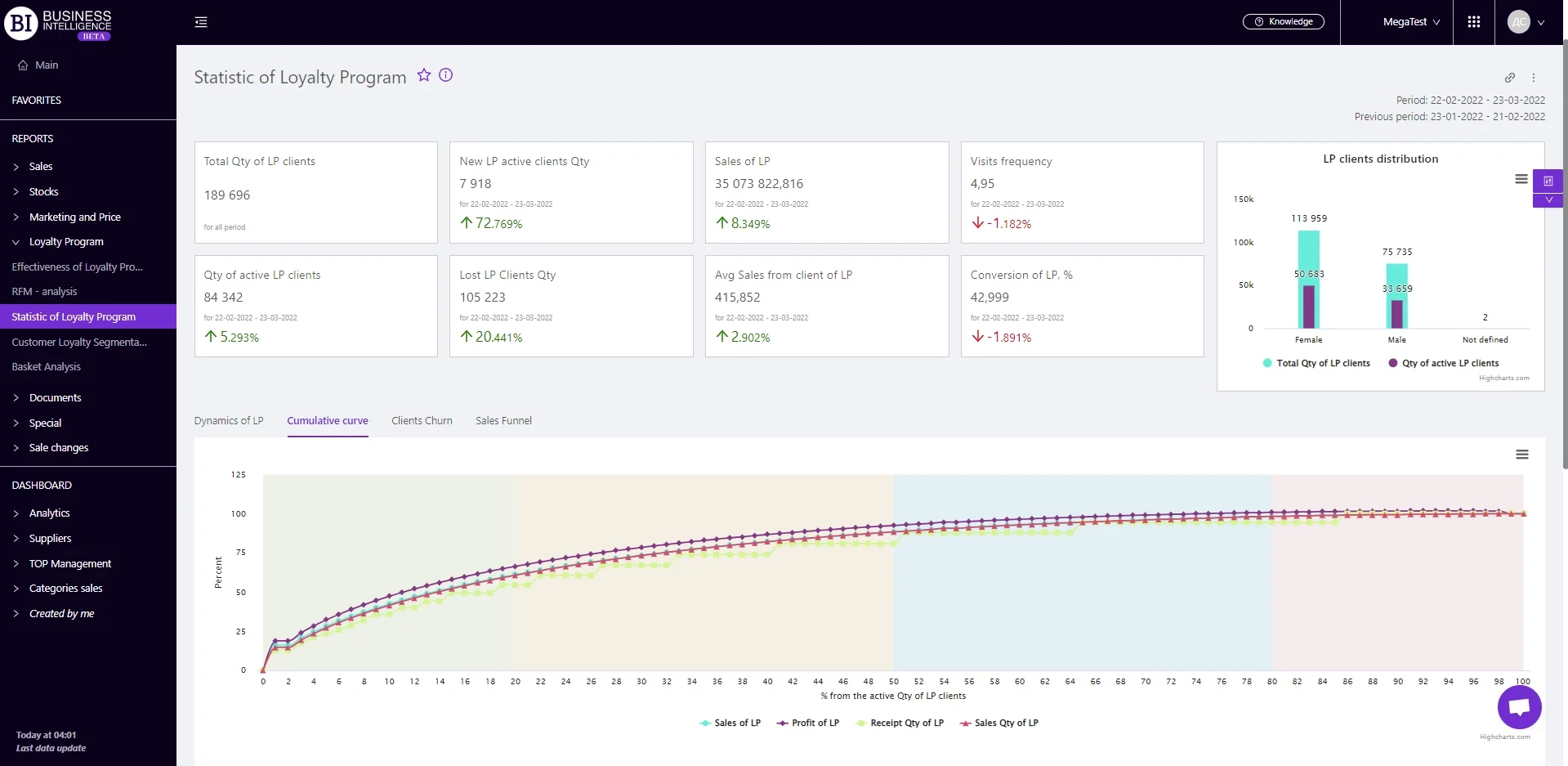
What does a loyalty program mean?
The effectiveness of a loyalty program is evaluated using the NPS (Net Promoter Score). This consumer loyalty index is a reputation indicator and assesses customer approval or loyalty to a company, product, business, or service. To understand NPS, a survey is conducted as a survey. It usually includes a simple question: "On a scale of 0 to 10, how likely are you to recommend our company/product/service to your friends or colleagues?". The answers are categorized into three groups:
- Promoters: Score 9-10. These loyal customers are delighted with your product or service and are highly likely to recommend it to others.
- Neutrals: A score of 7-8. These customers are satisfied with your product or service but may be more likely to be swayed by competitors or inactive in recommending it.
- Critics: A score of 0-6. These customers are dissatisfied with your product or service and may actively negatively recommend it to others.
The net result of NPS is calculated by subtracting the percentage of critics from the rate of promoters.
Thus, NPS can be from -100 to +100, where positive values indicate a higher number of promoters than critics and, therefore, a higher level of loyalty.
For example, we have 1,500 (100%) customers, 42% of whom gave 7 to 9 points. The other 58% gave 0 to 6. That means 630 promoters and 870 critics. Let's take the formula: NPS = (630 - 870) / 1500 * 100% = -16%.
The NPS score allows companies to get a clear picture of how their customers perceive their products or services and identify areas for improvement, which helps to increase overall customer loyalty:
- -100% to 0% dominated by critics who won't or won't recommend your products. They have no attachment to your business.
- 1 to 30% customer loyalty to your business is generally favorable. The share of critics is quite significant.
- 31% to 50% brand and customer loyalty are almost equal.
- 51% to 70% in this case, your loyalty program is working well. More supporters of promotions, bonuses, and other marketing tools exist.
- 71% to 100% is the ideal level of customer loyalty.
For an overall assessment of the loyalty program, you need to monitor the number of loyal customers over time. Understanding whether your loyalty program is popular and successful is essential. At the same time, you should track the revenue and income of your store to avoid a situation where loyalty to a business, brand, or store is growing, but customers are inactive and do not buy anything.
Advantages and disadvantages of a loyalty program
The main advantages:
- Attracting a new target audience
Having a loyalty system is a good advantage for a customer to choose your store over competitors. Quite often, stores use large bonuses for the first order to encourage customers.
- Collecting customer data
The company receives primary data about its customers without additional research costs. Program participants fill in the basic necessary data about themselves for registration, and then their purchase history already forms an ideal customer porter. It is the loyalty program that allows you to track the frequency and volume of purchases, the most frequent combinations of products, and favorite products.
- Reduced customer churn
When a customer is a member of a loyalty program and receives regular benefits, they become less sensitive to small price fluctuations compared to competitors. The value they receive from the program (discounts, bonuses, personalized service) can outweigh a small price difference. Some stores use hemification to engage customers more in the loyalty program: reaching a certain level, receiving badges and rewards in the form of discounts.
- Personalized offers
Thanks to the data on previous purchases, retailers can send customers personalized offers for the products or categories they are interested in. For example, they can offer a discount on their favorite coffee or on related products to recently purchased clothes.
The main disadvantages of the loyalty system:
- Difficulty in differentiating from competitors
Many companies offer their customers similar mechanisms for accumulating points, receiving discounts or other rewards. In such a situation, it becomes difficult to create a loyalty program that would really stand out from the competition and offer unique value to customers. Customers can be registered in many similar programs and not feel particularly attached to any of them, using them only to get immediate benefits rather than to build a long-term relationship with a particular brand.
- Implementation and support costs
Initial costs may include software development or integration with existing systems, creation of a mobile application, staff training, and development of marketing materials to promote the program. Ongoing costs include maintenance of the IT infrastructure, payment of rewards, marketing campaigns to keep participants interested, and the work of staff involved in program administration.
- Increase in the number of customers - “discount hunters”
Attractive rewards and discounts within a loyalty program can attract a significant number of customers whose main motivation is to get an immediate benefit. These “discount hunters” are not necessarily loyal to your brand and can easily switch to a competitor that offers a more lucrative promotion or loyalty program.
Types of loyalty programs: explanation
There are many loyalty programs, but three main ones stand out: cashback, loyalty card, and discount card.
- Cashback is a loyalty program that returns a certain percentage of the purchase to the customer. This percentage can be in the form of real money, credits, bonuses, etc., that can be used in the future.
- A loyalty card is usually a personalized card that allows you to accumulate points (or other bonuses) for each purchase. Accumulated points can be exchanged for goods, discounts, and other benefits.
- A discount card is a card that guarantees customers a consistent discount on goods or services.
These types of loyalty programs can change and adapt to the needs of the business. However, any loyalty program is a staple for many companies, as it helps to attract new customers and retain existing ones. To some extent, it is a high-quality marketing tool that helps create a win-win strategy for both parties.
Loyalty program as a marketing tool
A loyalty program is a crucialtool in marketing departments, as it plays a critical role in customer interaction. A correctly implemented loyalty program allows you to work with customers at all levels. First, it provides a deep connection with the client. Offering bonuses, discounts, or other benefits encourages customers to repeatedly spend more with your company. This increases sales and improves customer satisfaction.
Secondly, the loyalty program allows you to collect data about the audience. Companies can analyze sales, promotions, and discounts. Thus, they can better understand the preferences and behavior of their customers. This allows you to personalize offers and services for them. This makes marketing more efficient and targeted to customers' needs and interests.
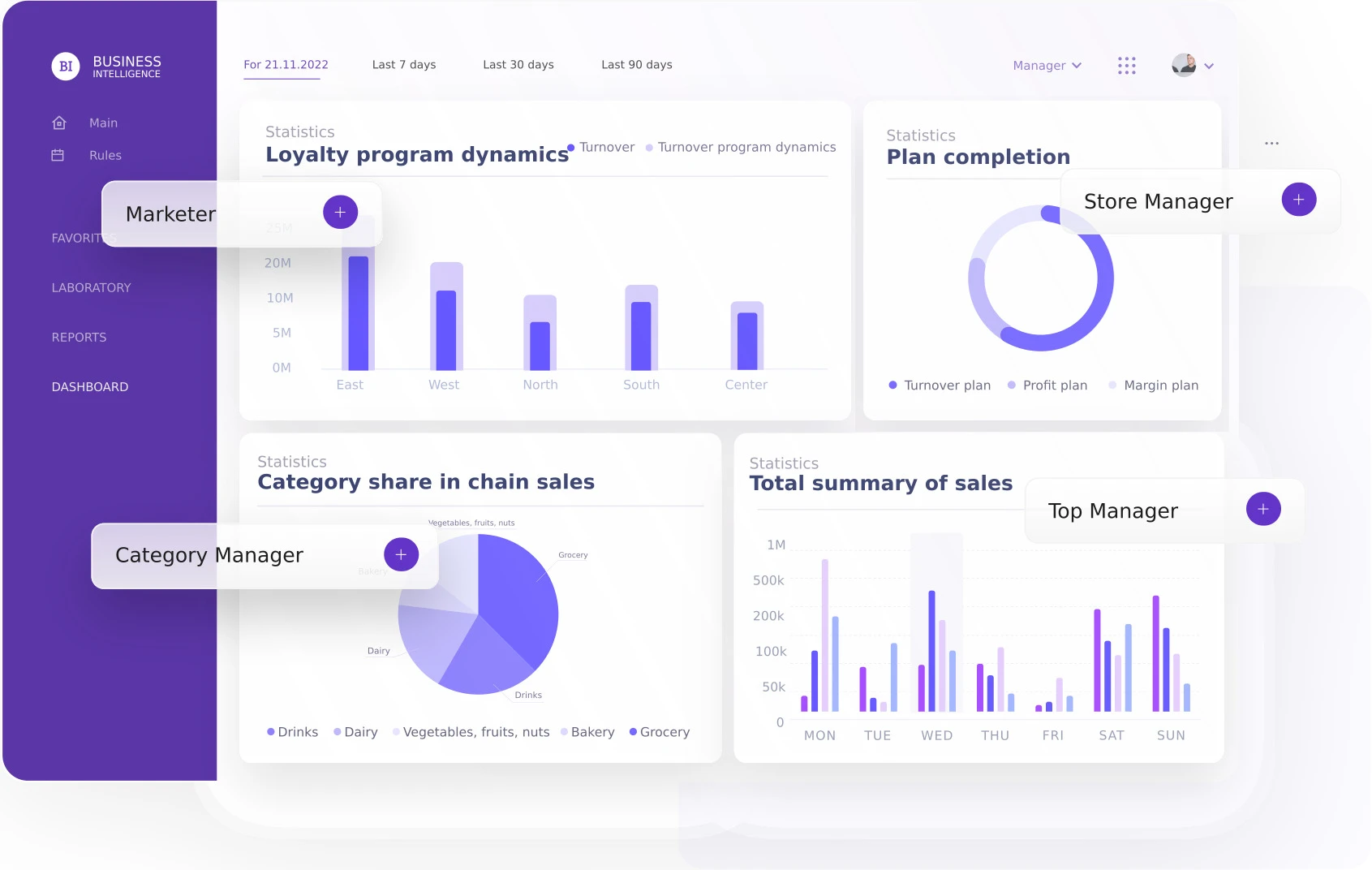
Loyalty program in retail
Thus, a loyalty program is a tool for creating a deep connection with the customer and developing the credibility of your brand. A successful loyalty program means customers are likelier to come to your store or buy your product, service, etc., than your competitors. To measure the success of a loyalty program, a retailer needs to track its effectiveness to ensure that their efforts are converting into a sufficient number of loyal customers and generating revenue.
With BI data collection and other retail analytics solutions, you are guaranteed to be able to measure customer loyalty to your brand. Tracking customer, product, and revenue data helps you decide and plan strategically for customer loyalty programs. With the help of BI reports from a storefront program, a retailer is guaranteed to analyze the leading indicators of the loyalty program. Integrating your data into a BI solutionensures high-quality monitoring of customer interaction with the brand through essential reports. For example, "Loyalty Program Statistics," which is designed to study loyalty program customers:
- analyze the composition and structure of the network's loyal customers;
- track customer conversion and churn;
- distribute and study loyal customers by the number of their online purchases.
This information lets you manage your loyalty program and implement practical marketing activities. The report "Customer Segments of the Loyalty Program" is designed to analyze sales figures by customer segments.
- create different segments of loyal customers according to the required indicators;
- analyze the purchases of each formed group;
- reduce the time and resources needed to develop effective marketing campaigns;
- improve network sales.
With Datawiz BI analytics solutions and customized reports covering all the network's most important processes, the retailer simplifies the analysis process and frees up time for decision-making.
 What's new?
What's new?

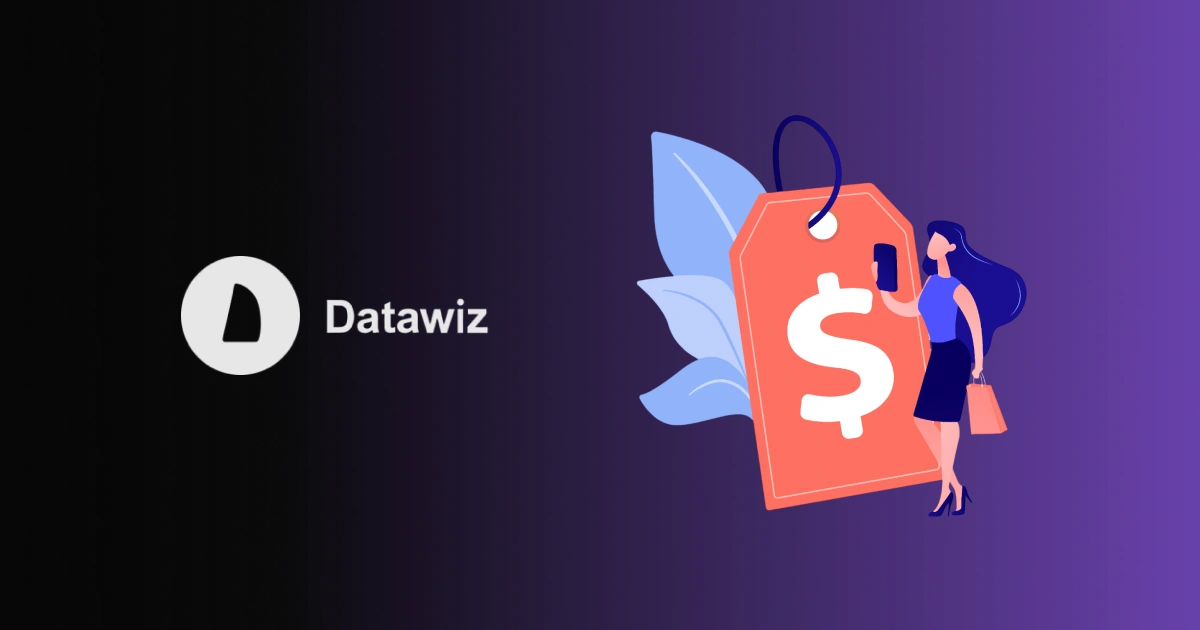
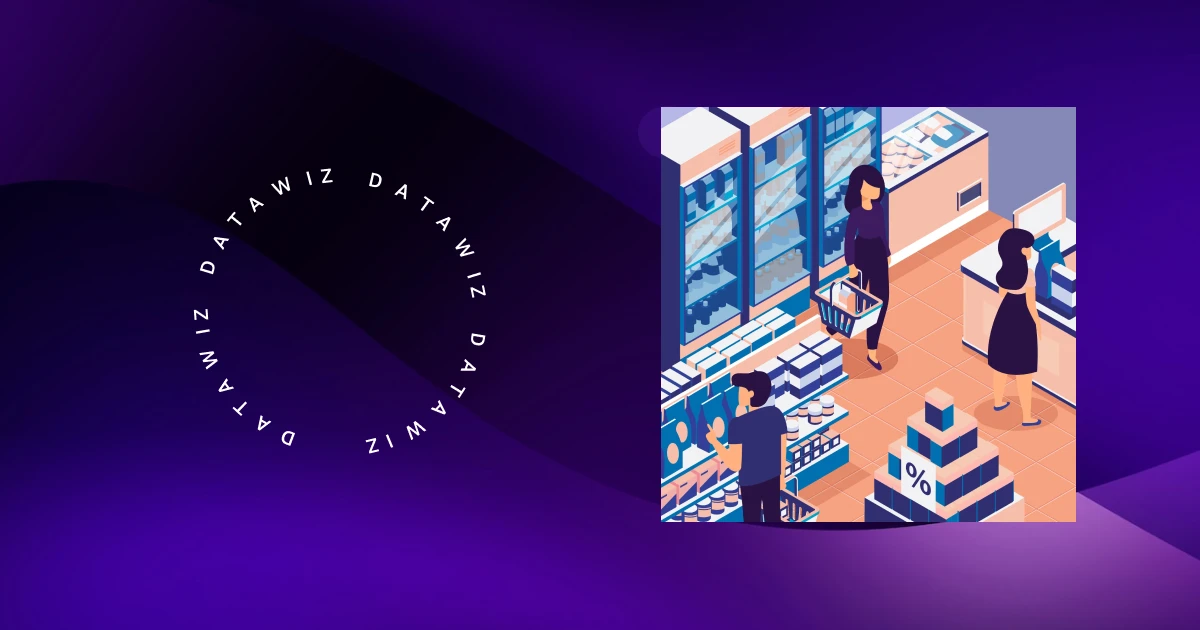
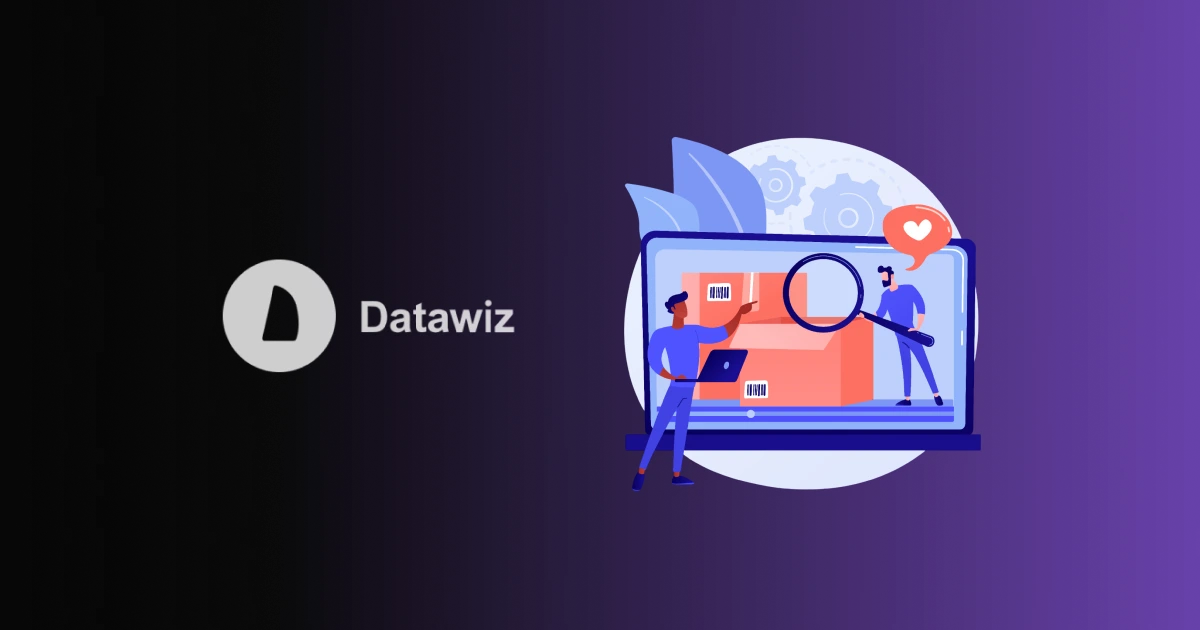

 No credit card required
No credit card required